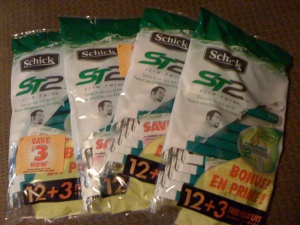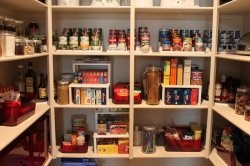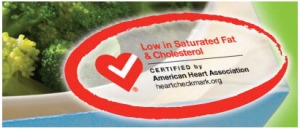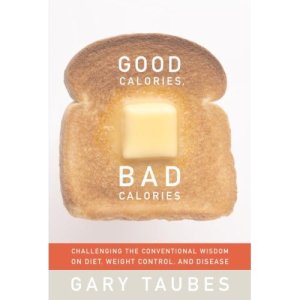It seems to be that time of year when I attempt to recommit myself to couponing. I won’t bother with food coupons because I don’t buy Totino’s pizza rolls, Pillsbury muffins, or boxes of cereal, and that seems to be all they have for coupons. I will try to nab some good deals on shampoo & conditioner, razors, soap, laundry detergent, etc.
After spending an inordinate amount of time this morning searching the various coupon sites, Googling the manufacturers to see if I can sign up to get my inbox spammed for a crappy coupon, and not-so-meticulously cutting all of the crap I printed, I headed out to the stores. My first stop was Walmart, or the Store-Who-Shall-Not-Be-Named, in the department where I work at my university.
I had a coupon for $6 off of two packages of disposable razors from Schick. It turns out that Walmart’s cheapest packages of Schick razors cost $6. They had two options at that price point- the Quattro razors that look like a disposable version of the nice Venus-type razors, and the cheapo razors that are so Stone Age, they only have two blades and a “moisture strip” that will surely fall off the first time you use it. I went for the crappier razors because I got 12 of them per package instead of just 3. They even throw in three extra for free, just in case I haven’t sufficiently sliced the shit out of myself with the first 12. These razors had coupons from Schick on the package for an additional $3 off when you buy 2. I was psyched that I would pay $6 for four 15 packs of leg slicers. Fast forward to the checkout, the manager refuses to take the $3 off coupon, but offers to give it back to me so I can use it on a future purpose. GMAFB, lady. The only reason I’m buying these hand held skin removers is because I have a coupon that essentially makes them BOGO. I won’t pay any more for the damn things and I doubt I’ll be a repeat customer.
Yes, I bought the men’s razors. They had that $3 coupon. The one I wasn’t allowed to use.
And this is why I don’t really use coupons. All I could think in the store was, “60 disposable razors for $12. That will last me a year, easy.” But, because I end up trying to be cheaper than usual, I buy shit that seems like a good idea, but would otherwise never buy. And now because I’ve spent $12 on the stupid razors, I will feel obligated to tough it out with the cheap ones instead of biting the bullet and buying nice refills for my Venus.
In what could be called buyers remorse, I’m looking for some online info on these things I bought. According to Schick’s website, their slogan is “Free Your Skin.” From what? My fucking legs? Are they kidding? They don’t even have the razors I bought on their website under the deceptive heading “Our Complete Line of Products.” Are they that embarrassed of these bottom-shelfers? Without the product I purchased listed on their site, it’s reasonable to assume that I’ll never get my legs so cleanly shaven that I can have as much carefree fun as these douchebags:
In an attempt to protect my legs, I might even consider buying shaving cream- a product I generally to consider completely useless and unnecessary.
Also, does anyone know if there are coupons for Band-Aids? You know, for the inevitable moment when I get too confident with my new death cutters and take a little skin off my kneecap.
And I’m suddenly reminded why it seemed infinitely preferable to use one of my Venus razors for a year without trying to put a disposable to my leg.




















